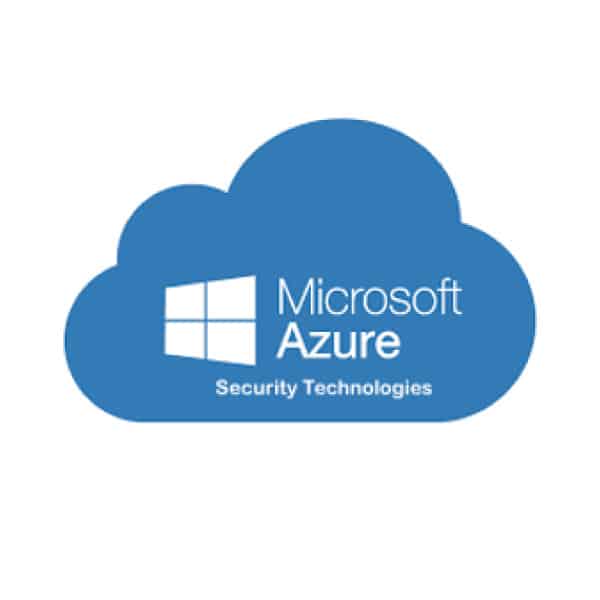Gain skills needed to implement security controls, maintain an organization’s security posture, and identify and remediate security vulnerabilities.
This course provides IT Security Professionals with the knowledge and skills needed to implement security controls, maintain an organization’s security posture, and identify and remediate security vulnerabilities. This course includes security for identity and access, platform protection, data and applications, and security operations.


